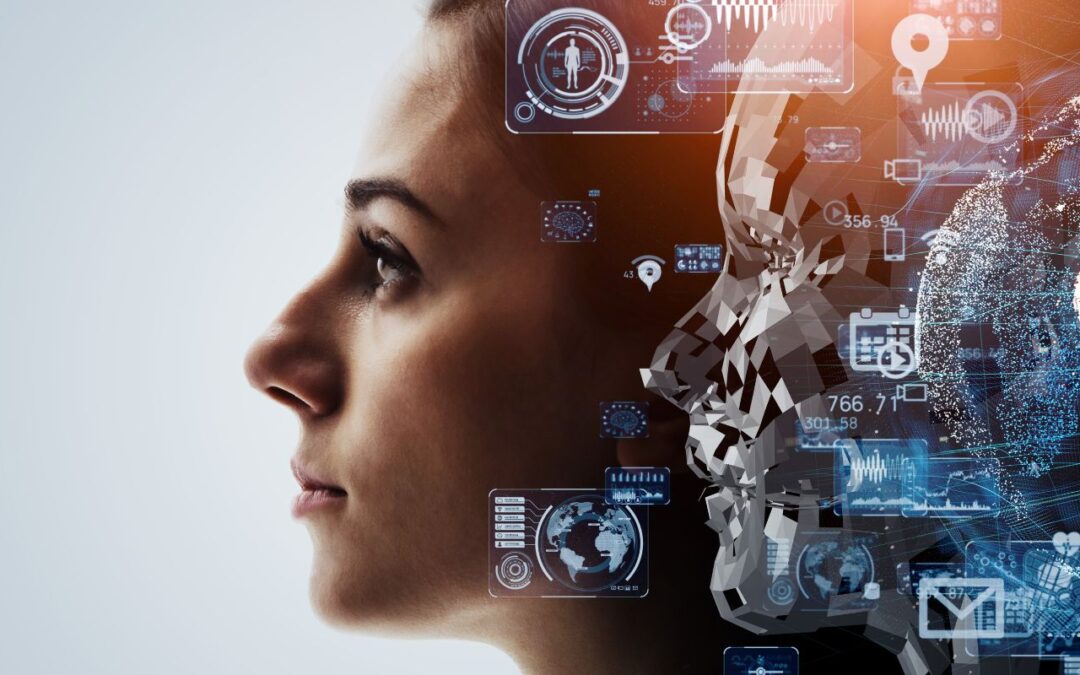Artificial Intelligence (AI) and Machine Learning (ML) are two terms that are often used interchangeably, but they are not the same thing. AI refers to the development of machines and systems that can perform tasks that would normally require human intelligence, such as perception, reasoning, learning, and decision making. ML is a subset of AI that involves the use of algorithms and statistical models to enable machines to learn from data and improve their performance over time.
AI has been around for many years, but recent advancements in computing power, data storage, and machine learning algorithms have led to significant breakthroughs in AI research and development. Today, AI is being used in a wide range of applications, including speech recognition, natural language processing, computer vision, robotics, and autonomous vehicles.
ML is a key component of many AI systems. ML algorithms enable machines to learn from data and improve their performance over time. There are several types of ML algorithms, including supervised learning, unsupervised learning, and reinforcement learning.
Supervised learning involves training a machine learning model on labeled data, where the correct output is already known. The machine learning model learns to associate inputs with outputs, and then can be used to predict the correct output for new inputs. Supervised learning is commonly used in applications such as image recognition, speech recognition, and natural language processing.
Unsupervised learning involves training a machine learning model on unlabeled data, where the correct output is not known. The machine learning model learns to identify patterns and structure in the data, and then can be used to make predictions or classify new data. Unsupervised learning is commonly used in applications such as anomaly detection, clustering, and dimensionality reduction.
Reinforcement learning involves training a machine learning model to learn from its own experiences. The machine learning model interacts with an environment and receives feedback in the form of rewards or punishments based on its actions. The machine learning model learns to optimize its actions to maximize its rewards over time. Reinforcement learning is commonly used in applications such as game playing, robotics, and autonomous vehicles.
AI and ML have many applications in a wide range of industries. In healthcare, AI and ML are being used to improve patient outcomes, reduce costs, and increase efficiency. For example, AI and ML algorithms can be used to analyze medical images and detect early signs of disease, predict patient outcomes, and optimize treatment plans.
In finance, AI and ML are being used to detect fraud, make investment decisions, and manage risk. For example, AI and ML algorithms can be used to analyze large amounts of financial data to identify patterns and trends, predict market fluctuations, and optimize investment portfolios.
In manufacturing, AI and ML are being used to optimize production processes, reduce waste, and increase efficiency. For example, AI and ML algorithms can be used to analyze sensor data from machines to predict equipment failures, optimize maintenance schedules, and improve production quality.
However, AI and ML also pose some challenges and risks. One of the main challenges is the issue of bias. Bias occurs when the data used to train AI and ML algorithms is biased towards certain groups or individuals. This can lead to unfair and discriminatory outcomes, such as biased hiring practices or discriminatory lending decisions. Organizations must take steps to ensure that their data and algorithms are free from bias and reflect the diversity of the population.
Another challenge of AI and ML is the issue of explainability. As AI and ML systems become more complex, it can be difficult to understand how they make decisions or predictions. This can lead to a lack of trust in AI and ML systems and can make it difficult to identify and correct errors or biases.
In conclusion, AI and ML are powerful technologies that have the potential to transform many industries and improve our lives in many ways

